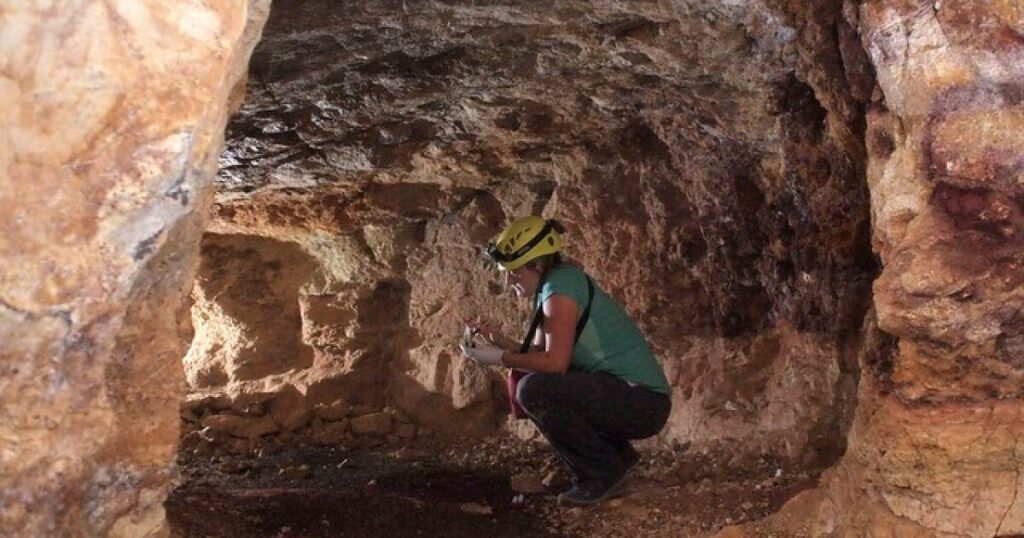Unlocking Secrets of Wildlife Through DNA in Feces
In the realm of life sciences, genetics and DNA analysis are paving the way for groundbreaking discoveries. Each species carries a unique DNA signature, allowing researchers to identify its presence with precision.
At Northern Arizona University’s Species from Feces Lab, scientists delve into the DNA found in animal feces. With a catchy motto, “aiming to be number one at number two,” the lab is making significant strides in wildlife research.
The lab offers sampling kits and training to interested researchers. Once samples are collected, the lab analyzes them and shares results through a searchable database. This innovative approach covers a wide array of creatures, including mammals, birds, reptiles, and fish globally. A notable benefit of this method is that it eliminates the need to capture or handle animals directly in the wild.
Animal feces can provide insights not only into species identification but also into their diet and the presence of bacteria, fungi, and dangerous viruses like rabies and white-nose syndrome.
The lab has a particular focus on bats. Researchers often gather guano from roosts located under bridges, as well as in caves and mines.
Recently, the DNA traces led to the discovery of a new bat species in Arizona. Environmental DNA played a crucial role in identifying the Mexican long-nosed bat. Volunteers contributed by collecting saliva samples from hummingbird feeders in Southeast Arizona.
This specific bat species, which is nectar-feeding, migrates northward to visit agave and cactus flowers and also enjoys the sugary offerings at feeders. It has been classified as Arizona’s 29th known bat species and is considered endangered.
Ultimately, identifying existing species aids agencies and nonprofits in better wildlife management and conservation efforts.
This Earth Note was written by Rose Houk and produced by KNAU and the Sustainable Communities Program at Northern Arizona University.
—
Read More Arizona News










